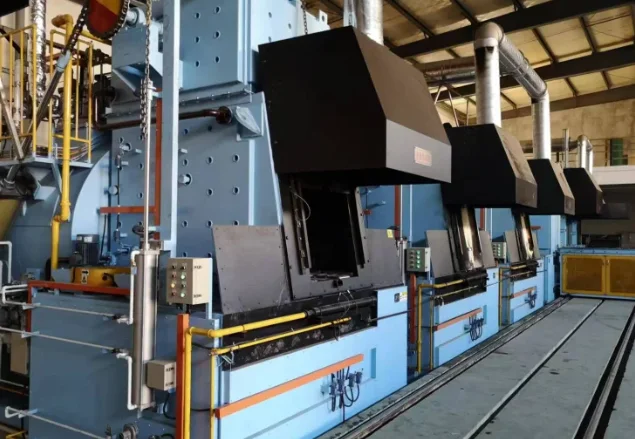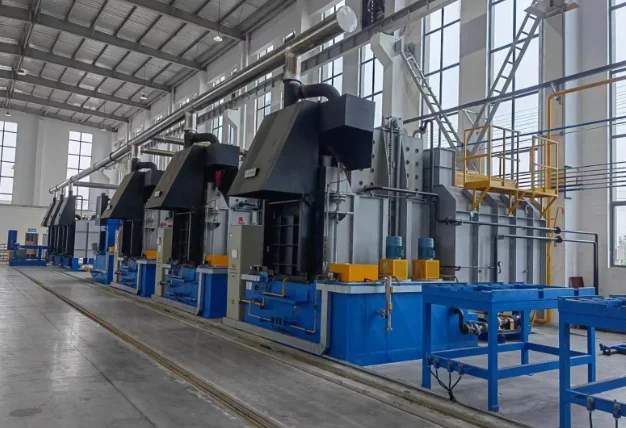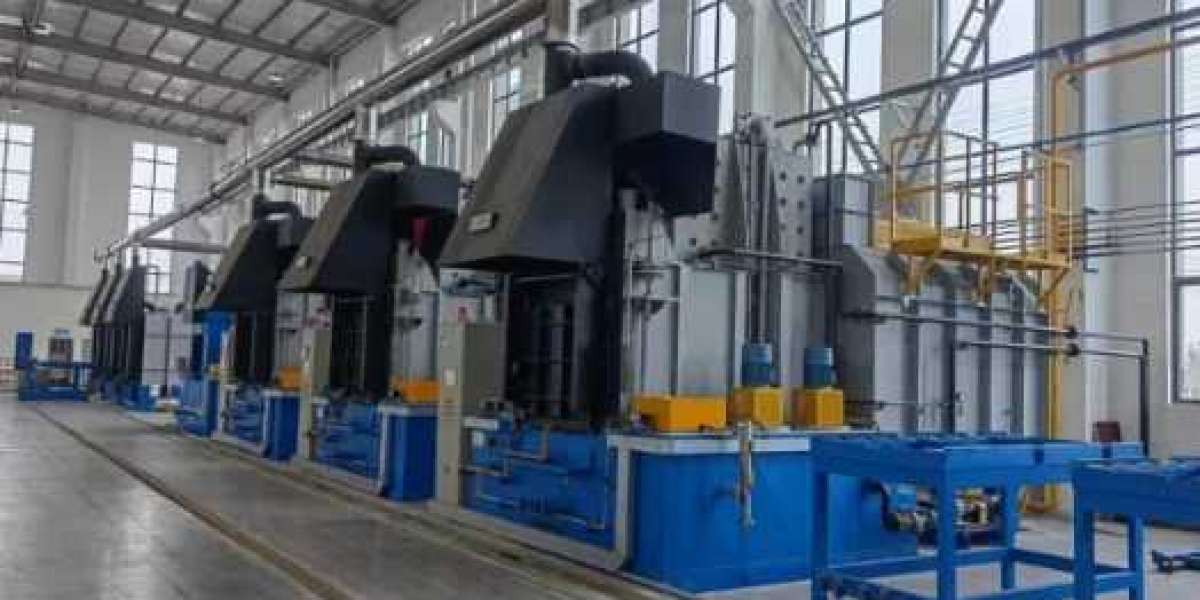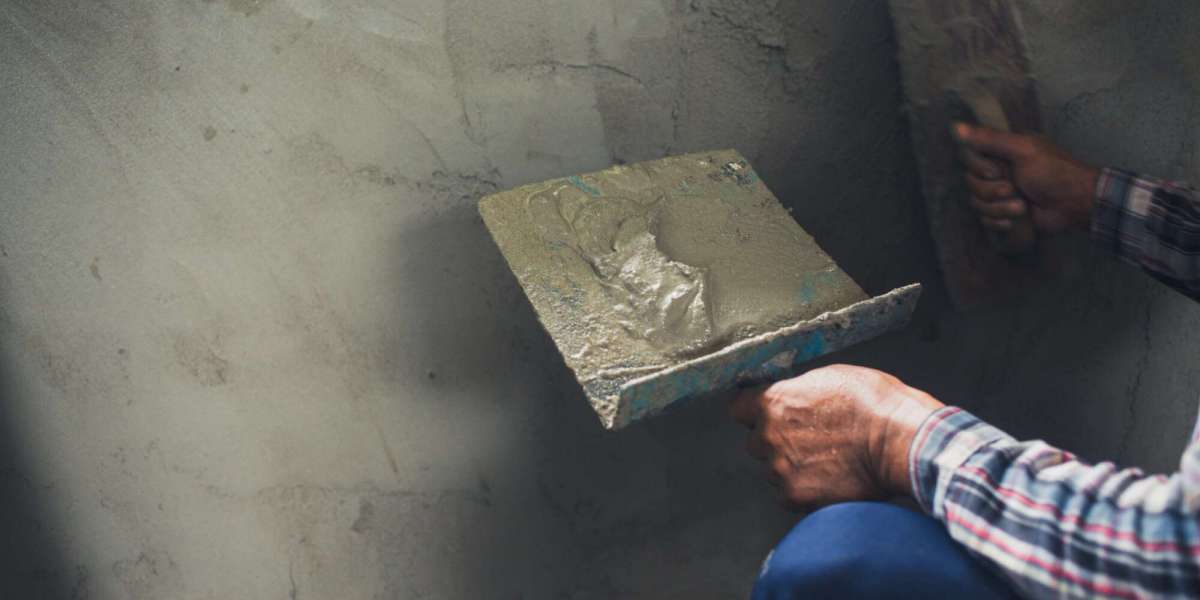When it comes to industrial heat treatment processes, choosing the right atmosphere furnace is crucial to achieving the desired results. An atmosphere furnace is a type of furnace that is designed to create a specific environment for heat treatment processes, such as annealing, brazing, and sintering. The atmosphere inside the furnace can be controlled to create an oxygen-free or reducing environment, which is essential for certain types of heat treatment processes. With so many different types of atmosphere furnaces available on the market, it can be challenging to determine which one is best suited for your industrial needs. In this article, we will explore some key factors to consider when choosing the right atmosphere furnace for your industrial needs.
Different types of atmosphere furnaces and their applications
When it comes to atmosphere furnaces, there are many different types on the market. Each type offers unique features and benefits to meet specific industrial needs. Let’s take a closer look at some of the most common atmosphere furnace types and their applications.
1. Batch atmosphere furnace: This type of furnace is ideal for small-scale heat treatment processes that require precise temperature control. It allows batch processing of materials, making it suitable for industries such as aerospace, automotive and medical device manufacturing.
2. Continuous atmosphere furnace: Unlike batch furnaces, continuous atmosphere furnaces provide continuous processing capabilities. They are often used in industries that require high-volume production with consistent quality, such as steel manufacturing and metal fabrication.
3. Vacuum atmosphere furnace: The vacuum atmosphere provides a controlled environment with low oxygen content to prevent oxidation during heat treatment. These furnaces are widely used in industries such as electronics where delicate components need to be protected from air exposure.
4. Controlled Atmosphere Chamber Furnace: This type of furnace allows the operator to precisely control the gas composition within the chamber during heat treatment. It is suitable for industries requiring specific gas environments, such as annealing or sintering operations.
5. Protective atmosphere tube furnace: Designed for uniform heating of longer workpieces or tubes over longer lengths, this furnace uses a protective gas atmosphere to prevent oxidation during high-temperature processes such as brazing or crystal growth.
By understanding these different types of atmosphere furnaces and their applications, you can effectively select the right equipment for your industrial needs!

Factors to consider when choosing an atmosphere furnace
There are several important factors you need to consider when choosing the right atmosphere furnace for your industrial needs. These factors ensure not only optimal performance and efficiency, but also safety.
You need to evaluate the size and capacity requirements of your heat treatment process. This will help determine the appropriate furnace size needed to accommodate your workload. Additionally, it is critical to consider whether a batch furnace or a continuous furnace is better suited for your operation.
It is critical to evaluate the temperature range required for your specific application. Different materials require different temperature conditions for effective heat treatment. Therefore, it is crucial to choose a stove with precise temperature control capabilities.
Additionally, when selecting an atmosphere furnace, it is critical to understand the type of atmosphere required for the heat treatment process. Whether you require an inert gas environment or controlled oxygen levels will significantly impact which type of furnace is best for your needs.
Another factor worth considering is the heating method used in the atmosphere furnace. Electric furnaces provide precise temperature control and even heating, while gas furnaces provide fast heating rates.
Additionally, energy efficiency should be considered. Investing in an energy-efficient atmosphere furnace can result in significant long-term savings on utility costs without compromising productivity or quality.
In addition to these technical factors, it is also crucial to choose a reputable manufacturer that offers reliable customer support and after-sales service. This ensures that any issues or maintenance requirements are addressed promptly, minimizing production downtime.
Don’t forget safety precautions when choosing an atmosphere furnace. Look for features such as safety interlocks, ventilation systems, and protection against potential hazards such as explosions or fires.
By carefully evaluating these factors before deciding which atmosphere furnace to invest in, you can ensure that you choose a furnace that perfectly meets your industrial needs while providing optimal performance and longevity.
Understanding Your Industrial Needs
When it comes to choosing the right atmosphere furnace for your industrial needs, it is crucial to have a clear understanding of what those needs are. Each industry has its specific requirements and processes, and selecting the appropriate furnace will greatly impact efficiency and productivity.
Consider the type of materials you will be working with. Different atmospheres are better suited for specific materials, such as metal or ceramics. Understanding the characteristics of your materials will help determine which atmosphere furnace is best suited for your application.
Next, evaluate the temperature range required for your heat treatment processes. Some atmospheres can reach higher temperatures than others, so ensuring that the furnace you choose can meet these requirements is essential.
Additionally, consider the size and capacity needed for your operations. Assessing factors like batch sizes and production volume will help determine if a smaller or larger atmosphere furnace is necessary to accommodate your workload efficiently.
Furthermore, take into account any unique specifications or regulations that may apply to your industry. Certain industries require strict adherence to safety standards or environmental regulations when using atmosphere furnaces. Make sure to select a model that meets all necessary compliance measures.
Don't forget about future growth and scalability in your decision-making process. It's important to choose an atmosphere furnace that can adapt and expand alongside your business as it evolves over time.
By thoroughly understanding your industrial needs before selecting an atmosphere furnace, you can make an informed decision that aligns with both current requirements and future growth potential.

The Benefits of Using Atmosphere Furnaces in Heat Treatment Processes
Atmosphere furnaces play a crucial role in various heat treatment processes and offer several benefits to industries. One of the key advantages of using atmosphere furnaces is their ability to create controlled atmospheres, which helps enhance the quality of heat-treated products.
By controlling the composition of gases within the furnace, atmosphere furnaces can prevent oxidation or decarburization during heat treatment. This results in improved surface finish, reduced scaling, and minimal distortion of parts. Moreover, certain types of atmosphere furnaces can also provide a protective environment for sensitive materials that require precise temperature control.
Another benefit is the versatility offered by these furnaces. Different types of atmosphere furnaces are designed to cater to specific applications such as annealing, carburizing, nitriding, brazing, or sintering. This flexibility allows industries to choose the appropriate furnace based on their specific needs and requirements.
Additionally, atmosphere furnaces offer consistent and uniform heating throughout the entire workload due to their advanced technology and design features. This ensures that all parts undergo an even heat distribution process leading to improved metallurgical properties and dimensional accuracy.
Furthermore, using an atmosphere furnace reduces operational costs by optimizing energy consumption through efficient insulation systems and automated controls. These advancements not only save energy but also contribute towards sustainable manufacturing practices.
In conclusion, choosing an appropriate atmosphere furnace for your industrial needs provides numerous benefits including enhanced product quality, increased efficiency with controlled atmospheres and versatile applications catering specifically for different processes resulting in cost savings while ensuring sustainability across your operations.
Maintenance and Safety Precautions for Atmosphere Furnaces
Maintenance and safety precautions are crucial aspects to consider when operating an atmosphere furnace in your industrial facility. Regular maintenance helps ensure optimal performance, efficiency, and longevity of the furnace while minimizing downtime and potential hazards. Here are some key measures to follow:
1. Routine Inspections: Conduct regular inspections to identify any signs of wear, damage, or malfunctioning components. Pay close attention to heating elements, seals, thermocouples, and control systems.
2. Cleaning: Keep the furnace clean by removing debris or residue that can compromise its functioning. Use appropriate cleaning agents and techniques recommended by the manufacturer.
3. Lubrication: Proper lubrication of moving parts such as fans and motors is essential for smooth operation and prevention of excessive friction.
4. Calibration: Periodically calibrate temperature controllers, pressure gauges, flow meters, and other monitoring devices to maintain accuracy.
5. Ventilation System Maintenance: Ensure proper ventilation system operation by regularly inspecting filters, exhaust ducts, fans, and dampers.
6. Safety Measures: Implement safety protocols such as wearing protective gear (gloves,goggles), adhering to lockout/tagout procedures during maintenance activities,and ensuring operators receive proper training on safe furnace operation.
7.Emergency Preparedness: Have a clear plan in place for responding promptly in case of emergencies like power outages or equipment failures.
Remember,the specific maintenance requirements may vary depending on the type,model,and size of atmosphere furnace used.
Always refer to the manufacturer's guidelines for detailed instructions tailored to your particular equipment.
Make sure you understand these recommendations thoroughly before performing any maintenance tasks.
With proper care,maintenance,and adherenceto safety precautions,you can maximize the lifespanand reliabilityofyour atmosphere furnace.

Conclusion
Choosing the right atmosphere furnace for your industrial needs is a crucial decision that can have a significant impact on your heat treatment processes. By considering factors such as temperature requirements, atmosphere control, furnace size, and budget, you can ensure that you select the most suitable furnace for your specific applications.
Atmosphere furnaces offer numerous benefits in terms of precise temperature control, uniform heating, and efficient energy consumption. They are designed to meet various industrial needs across different sectors like aerospace, automotive, medical devices, and more.
However, it is essential to prioritize safety precautions and regular maintenance when using atmosphere furnaces. This includes proper training for operators, following manufacturer guidelines for operation and maintenance routines, monitoring gas flow rates and pressures regularly.
By investing time in understanding your industrial needs and thoroughly researching available options before making a purchasing decision will lead to finding the ideal atmosphere furnace that optimizes productivity while ensuring quality output.
Remember to consult with reputable manufacturers or suppliers who specialize in providing high-quality atmosphere furnaces along with reliable customer support services. With their expertise and guidance along with careful consideration of all relevant factors discussed above – you can confidently choose the right atmosphere furnace tailored specifically to suit your unique industrial requirements.








